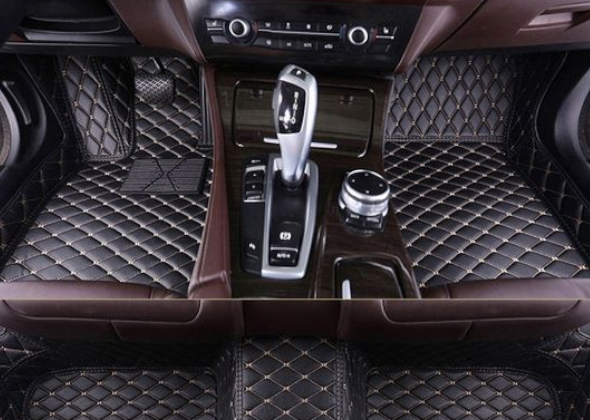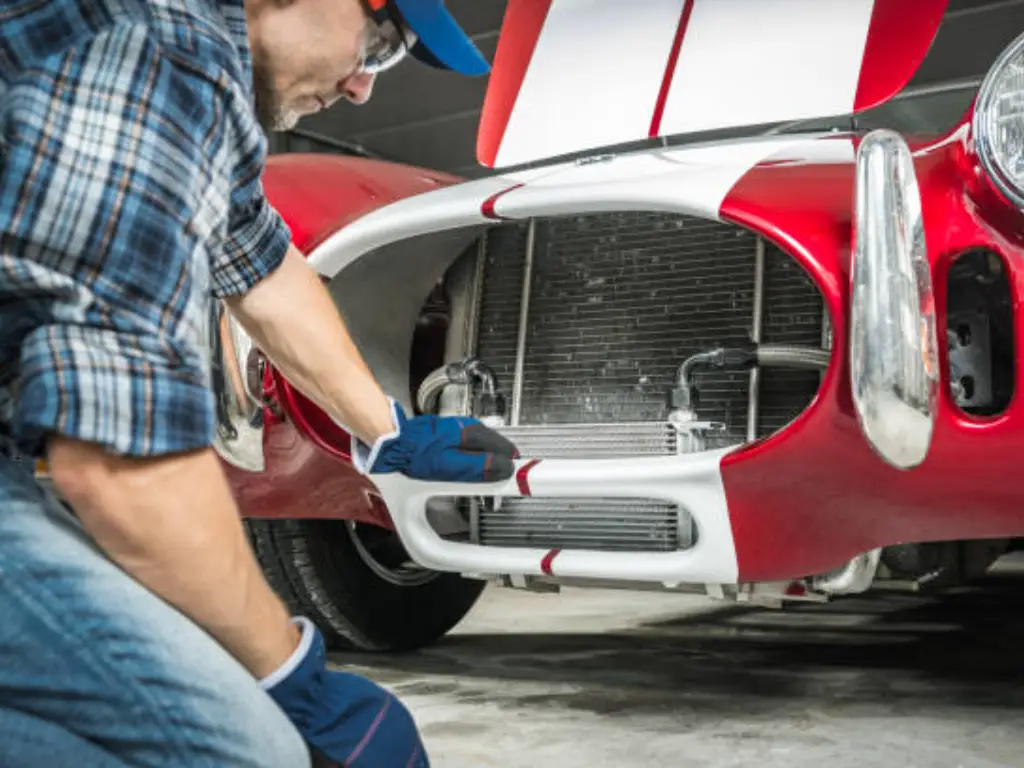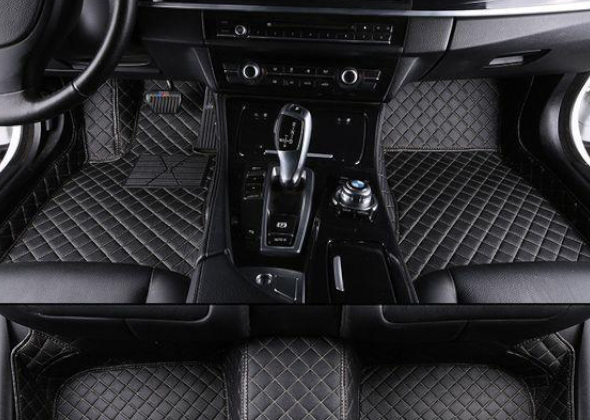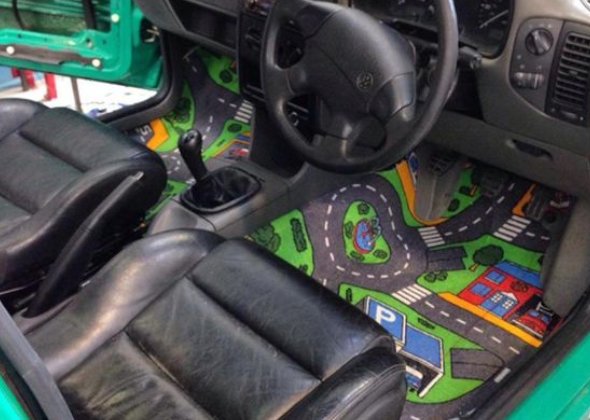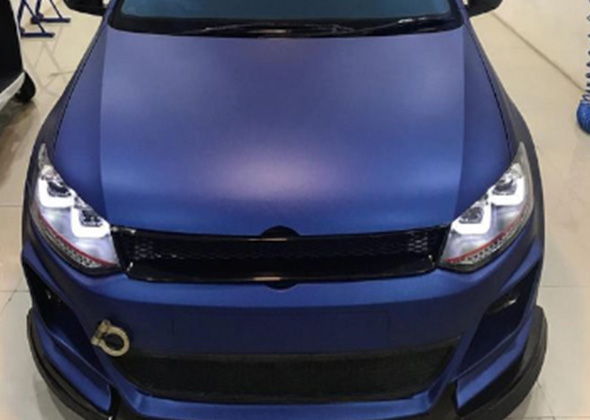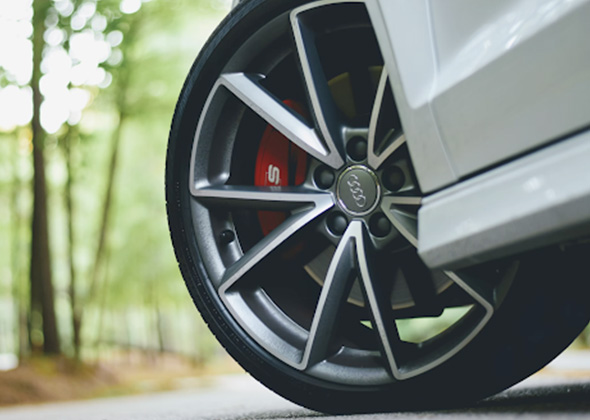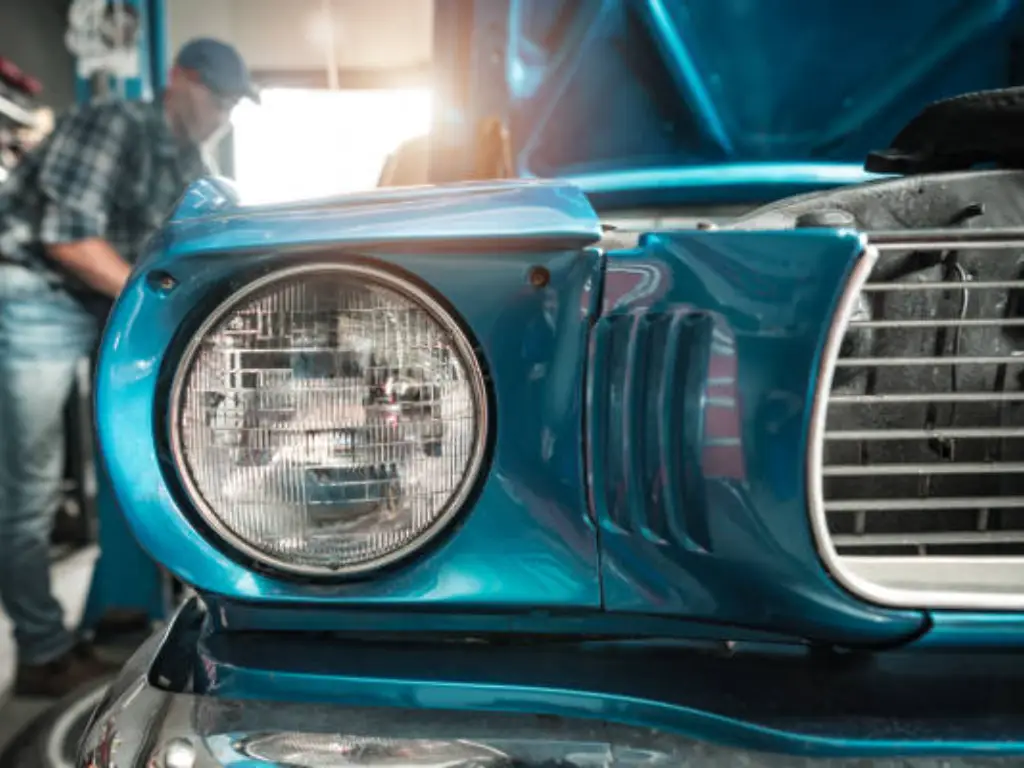
Classic cars are simply magical to drive. The growl of the engine, the analog texture of the controls, the retro-looking design, it is a feeling that brings you back to the times others do not even know about. However, when nightfall comes, it turns out that magic might easily be a white-knuckled affair. Although period and feasible, the puny, yellowish light of early sealed-beam headlamps just cannot cut it with reality in terms of current DOT rules and the lack of night lighting in some areas. You are squinting and trying to recognize the hazards, and depriving yourself of the sheer driving pleasure.
This probably sounds in some way familiar. It is one of the problems of many classic car owners. One of the most influential adjustments that you can make to a classic requires fixing the lighting system, which would have a drastic impact on making the car safer, more reliable, and enjoyable to drive. This is a guide to help light the way in the years ahead and help you make a decision about what to do, what to consider,r and what to know and understand about the most critical technical aspects of a major decision to upgrade your vehicle to a level it never had thus far in its history but brings your vehicle performance right up-to-date with some of the most admirable aspects of 21 st century life.
Why Even Consider a Classic Car Headlight Upgrade?
The older kind of headlights on most cars in the 1930s to 1980s were a creature of their time, sealed-beam halogen. This was a stable technology, which kept the filament, reflector, and lens as a single inseparable, disposable unit. Nonetheless, in modern terms, it is extremely dated.
And this is why the upgrade will not only be a new paint job:
- Radical Safety Breakthrough: A stock halogen sealed-beam headlamp can have as little as 700 to 1,000 lumens. Modern LED conversion has the capability to produce 3,000-4,000 lumens or even more per headlight. That is more than having a longer distance of visibility; this is more of having a greater light production in every beam pattern. This brightness will enhance your capability to locate pedestrians, animals, and road junk much earlier, thus giving you an invaluable head start.
- Less Electrical Tension: Vintage Auto Electrical systems are well known to be fragile and senile. A conventional halogen bulb consumes much power, with the high beam consuming 55 to 65 watts. On the other hand, a similar LED headlight may require as little as 20-30 watts. With a reduction of 50 to 60 percent in current draw, this will place less strain on your alternator, your wiring, and your switches, making the vehicle’s electrical system more overall reliable.
- Better Strength and Life Span: The filament of a halogen bulb is very delicate and easy to disrupt by vibrations, whereas the average lifespan of this bulb is about 1,000 hours. LEDs are not fragile filament devices. Their life expectancy has even been rated at an unbelievable 30,000-50,000 hours. To the normal classic car enthusiast, the LED conversion is a no-fuss conversion, a place and forget conversion, which is far more likely to live beyond the life of the car.
Important Considerations Before Upgrading Classic Car Headlights
There are two factors that you need to worry about before getting giddy with lumen counts and color temperatures. Being wrong about these may result in legal problems or electrical damage. When it comes to classic car lighting upgrades, you must plan as carefully as the parts.
Legal Requirements and DOT Compliance in the US
Simply because a headlight fits, this does not make it legal. In the US, the Department of Transportation (DOT) controls all automotive lighting. To qualify to be street legal, a headlight should have a DOT stamp on the lens. This stamp is awarded after testing of the headlight against specific federal requirements (FMVSS 108) of such aspects as brightness, beam pattern, and glare control.
Non-DOT-compliant headlights are also illegal to use on the roads, as they could lead to fines and state inspection failures. Of greater importance, it can be hazardous. Most of the low-cost uncertified lights cause uncontrolled glare that blinds oncoming drivers, posing a major safety threat. It is always important to seek the DOT stamp on any type of headlight assembly you are interested in. This is especially true when shopping at aftermarket responder suppliers.
Compatibility with Electrical Systems in Classic Cars
The electrical system of your classic car is much simpler and in some cases stranger than that of a modern car. The old technology most of these systems are based never addressed the power requirements or wiring infrastructures of current lighting solutions. You cannot expect a new headlight to be plug-and-play. There are two essential points that you should check in the system of your vehicle: voltage and polarity. Doing this incorrectly can blow your new LED headlights in a heartbeat, or even worse, burn up your car wiring. This is a very important step that we will explore more in the guide.
In a lot of applications, going higher end is going to involve whatever modification, whether it is just adding a relay harness, improving the ground, or modifying headlight buckets to accommodate a new styling of housings. This should not put you off, since many of the modifications can be reversed, and it will not compromise the integrity of your classic car.
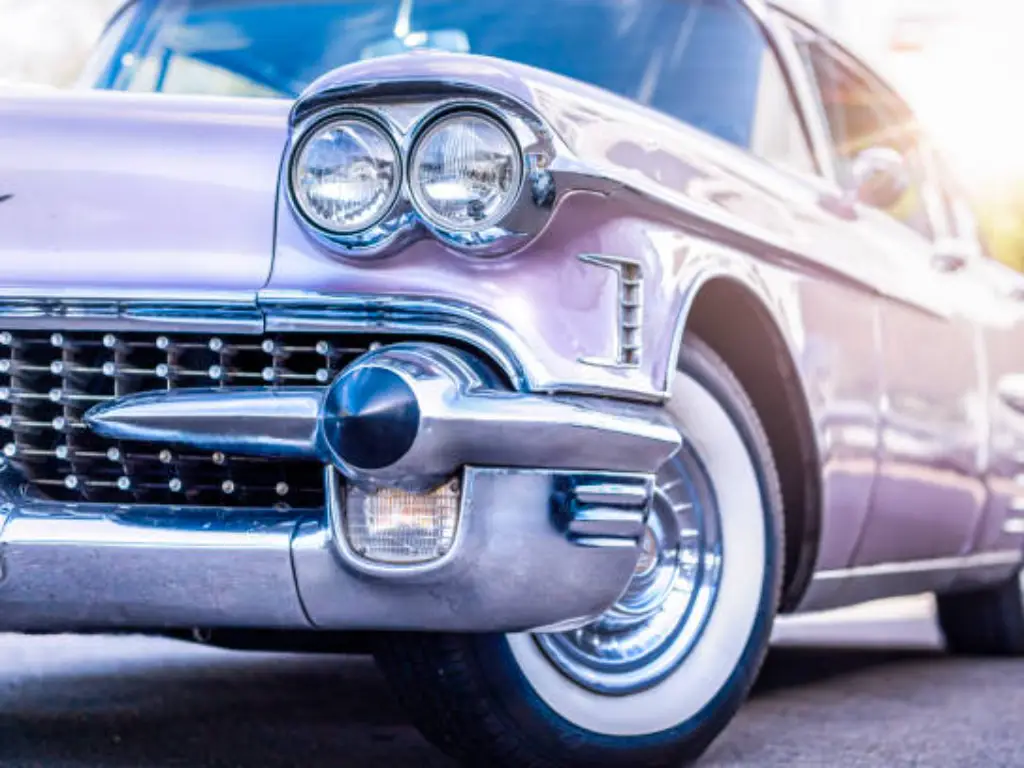
Your Upgrade Options: Halogen, HID, and LED Explained
When you have taken into account the legal and electrical fundamentals, it is possible to begin to familiarize oneself with the technology. A breakdown of your three possible main options is provided here, starting with the modern standard and ending with the simple swap.
LED: The Modern Standard for a Reason
The victorious monarch of contemporary lights and the most frequent upgrade in classic cars is highlighted by Light Emitting Diodes (LEDs). They are used by allowing electricity to flow through a semiconductor to create light. They are too good, their benefits outweigh it: outstandingly bright, extremely low powered, instant on, and utterly durable. They can be accurately aimed with appropriate engineering work, and multiple color temperatures are also available, from a traditional and gauged warm white to a contemporary cool white.
HID Kits: Bright but Complex
High-Intensity Discharge (HID) or Xenon lights are powered by an electrical arc between two electrodes located in a bulb filled with xenon gas. They are extremely bright, even when compared with LED, which may be detrimental in classic car LED applications. They also need an external ballast to control the high voltage required to start and operate them, which adds to the complexity of installation. They also have a warm-up period, which means that they do not turn on to full brightness immediately, and this is a safety issue.
In addition, fitting an HID bulb into a lamp designed to use a halogen filament virtually always produces horrific, illegal, and dangerous glare.
Modern Halogen: The Simplest Swap
If you are a purist dedicated to period-correct technology but want a modest improvement, a modern halogen replacement is your answer. These are not your grandpa’s sealed beams. They are modern composite headlight housings that accept replaceable halogen bulbs, often filled with gasses like xenon or krypton to produce a brighter, whiter light than the original units. While they represent a clear improvement over stock sealed beams, they still can’t match the performance, efficiency, or lifespan of LEDs.
| Feature | LED Headlights | HID Kits | Modern Halogen |
|---|---|---|---|
| Brightness (Lumens) | High (e.g., 3,000-4,000) | Very High (e.g., 3,500-5,000) | Moderate (e.g., 1,500-2,000) |
| Power Consumption | Very Low (20-30W) | High (35-55W) | High (55-65W) |
| Lifespan (Hours) | 30,000 – 50,000+ | 2,000 – 4,000 | 1,000 – 1,500 |
| Installation | Moderate (Full Assembly) | Complex (Requires Ballast) | Simple (Bulb Swap) |
| Glare Control | Excellent (with proper housing) | Poor (in reflector housing) | Good |
| Cost | Moderate to High | Moderate | Low |
Bulb-Only vs. Full Headlight Assembly
This could probably be the most important technical choice that you will make, primarily when making the decision to select an LED upgrade.
- Bulb-Only Upgrades: Bulb wires into the LED bulbs are performed by a direct swap into your existing (halogen) headlight housing, and literally terminated. This is seldom a good idea, but it is quite tempting as they are cheap to buy and easy to install. The reflector bowl and lens in your old car were a carefully designed product to focus on the light provided by the small, glowing halogen filament. An LED will have a number of light-emitting chips, which are displaced. For example, when you insert an LED bulb using a halogen housing, the light is scattered out of control. A lot of stray light is emitted that lights up treetops or blinds oncoming traffic, and what you lose is the focused, sharp cut-off beam to exactly light the road ahead. You may think you have more light, but what you have done is cut down your effective safe visibility.
- Complete Headlight Assembly Conversions: This is what should be done and the right thing to do as far as upgrading to LED is concerned. They come as closed, modular units in which the LED chips, reflectors, and/or projector lenses have been optimized to operate complimentary to one another. The outcome is a medium-length, long-distance beam that has a concise horizontal cut-off. This is by far the most important cutoff: it dumps all the mighty light on the road where you want and not into the eyes of other motorists. It is the change between the professional safe upgrade and the unsafe, ineffective one.
Navigating the Maze: Key Factors for Your Upgrade
Considering a full assembly LED upgrade, you should make sure that you will buy an appropriate product based on the particular vehicle.
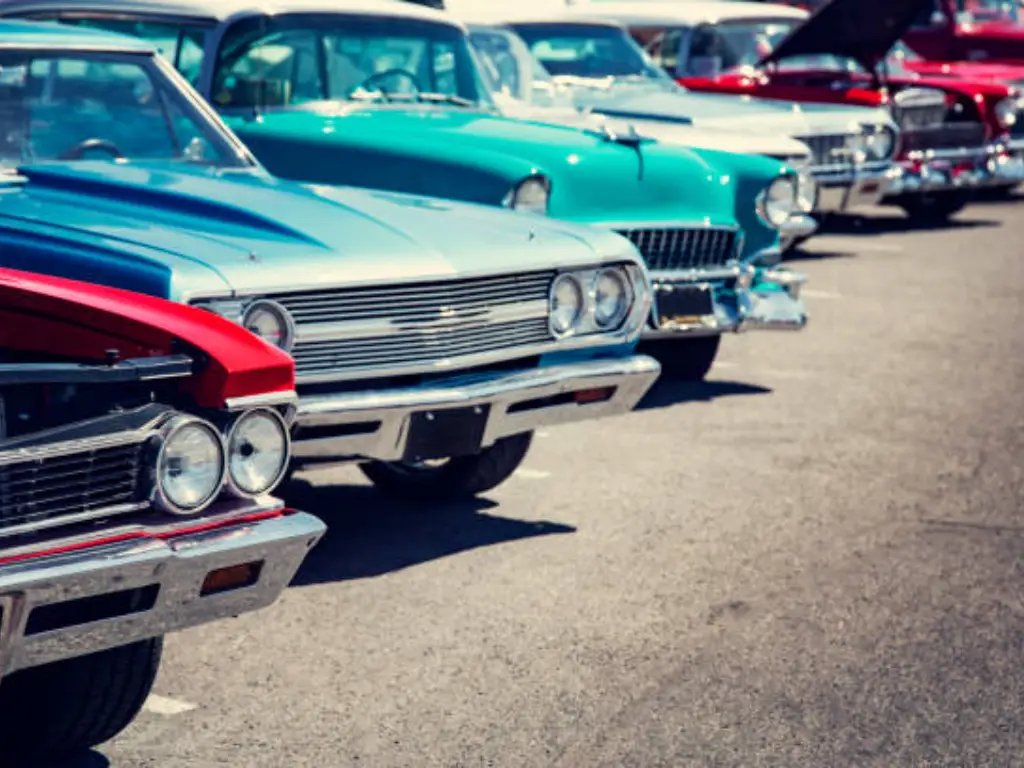
Finding the Right Fit: Common Sizes and Shapes
Traditional cars mostly employed a standardized sealed-beam size. Measure your current headlights to decide which of the two you have. The most typical ones are:
| Headlight Size & Type | Common Industry Code | Description & System Type | Iconic Vehicle Examples |
|---|---|---|---|
| 7-inch Round | PAR56 | The classic single, large round headlight used on each side. | Ford Mustang (1st Gen), VW Beetle, Land Rover Defender, Jeep Wrangler (CJ/YJ/TJ) |
| 5.75-inch Round | PAR46 | A smaller round light used in a four-headlight system (two per side). | Chevrolet Corvette (C2/C3), Pontiac GTO (’65-’67), Dodge Charger (’68-’70) |
| 5×7 / 7×6 inch Rectangular | H6054 / 200mm | A single large rectangular headlight used on each side. | Jeep Cherokee (XJ), Ford F-Series (’80-’86), Toyota Pickups |
| 4×6 inch Rectangular | H4651 / H4656 | A smaller rectangular light used in a four-headlight system (two per side). | Chevrolet Camaro (3rd Gen), Pontiac Fiero, Kenworth Trucks |
Electrical Compatibility: 6V/12V and Polarity Issues
This is where that earlier consideration of your car’s electrical system comes into play.
- 6-Volt vs. 12-Volt: Earlier American cars (1956 or before) used 6-volt instead of 12-volt electrical systems (at least, some). Most of the aftermarket light-type headlights are designed for modern 12-volt systems. When you combine both a 12V headlight and a 6V system, the headlight either will fail to work, or in cases it works, the light is very dim. In the case that you have a car with a 6V system, you have to find the headlights that are compatible with that system.
- Positive vs. Negative Ground: The majority of modern automobiles are negative ground (referring to a battery), that is, with the negative end of the battery bonded to the car chassis. But a large number of old British cars (such as Triumph, MG) and even some of the others had a positive ground system. Connecting a standard negative-ground LED headlight to a positive-ground network will immediately break the internal circuitry of the lighting device. To power the lights, you either need a headlight that is optimized to work on positive ground systems, or you need the isolated wiring harness of the lights.
Sunway Autoparts: Where Classic Aesthetics Meet Modern Performance
Understanding all these technical hurdles—DOT compliance, proper beam patterns, and complex electrical compatibility—can feel overwhelming. You might worry that finding a solution means compromising on the authentic look of your beloved classic. This is precisely the problem we set out to solve.
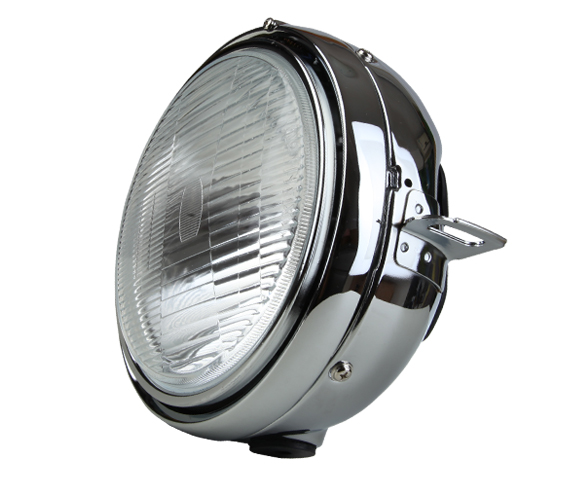
At Sunway Autoparts, we’re not just another parts seller; we are specialists in classic auto parts and have been since 2007. We are enthusiasts ourselves, deeply committed to the world of vintage cars, motorcycles, and trucks from the 1920s through the 1990s. We know that for owners of a classic Ford, Chevrolet, Triumph, or Fiat, authenticity is paramount.
This deep focus allows us to address the core challenges of a headlight upgrade in a way that general-purpose brands cannot:
- Engineered for Authenticity and Performance: Our success is built on superb mold design and our pioneering work in producing high-quality parts. For our headlight assemblies, this means we don’t just put an LED in a bucket. We design reflectors and lenses that produce a DOT-compliant, sharp, and effective beam pattern while ensuring the “face” of the headlight retains a period-correct appearance. You get modern safety without the jarringly modern look.
- Solving Compatibility Headaches: We offer a range of solutions engineered to be compatible with the quirky electrical systems of classic cars. Whether you have a 6-volt or 12-volt system, or a positive or negative ground vehicle, we have tested solutions that work, taking the guesswork and risk out of your upgrade.
- Unmatched Quality and Precision: With our own efficient team and modern production equipment—from milling machines to injection molding—we control the entire process from design to dispatch. This allows us to guarantee the precision and reliability of our parts, ensuring a perfect fit and long-lasting performance for your classic car.
How difficult is it to install modern headlights in a vintage car? A General Step-by-Step DIY Guide
For most enthusiasts with basic tools and a bit of patience, installing a new headlight assembly is a very manageable weekend project. Here’s a general overview of the process:
- Safety First: Disconnect the negative terminal of your car’s battery to prevent any accidental shorts.
- Remove the Trim Ring: The headlight is typically held in by a metal trim ring (or bezel) secured by several screws. Carefully remove these screws and set the ring aside.
- Unscrew the Retaining Ring: Beneath the trim ring, you’ll find a thinner metal retaining ring that physically holds the sealed-beam unit in place. It’s usually held by three or four screws. Do not touch the larger aiming adjustment screws. Loosen the retaining ring screws and rotate it to release the headlight.
- Disconnect the Headlight: Gently pull the headlight out of the bucket. It will be attached by a three-prong electrical plug on the back. Wiggle the plug carefully to disconnect it and remove the old headlight.
- Connect the New Assembly: Your new LED assembly will likely come with a standard H4-style plug. It may also include an adapter harness to connect directly to your car’s original plug. Make the connection securely.
- Position and Secure the New Light: Place the new headlight assembly into the bucket, ensuring it’s oriented correctly (there’s usually a “TOP” marking). Re-install the retaining ring and the outer trim ring.
- Reconnect and Test: Reconnect your battery terminal. Turn on your headlights and test both the low and high beams to ensure they function correctly.
- Aim Your Headlights (Crucial!): This final step is essential for safety. Park your car on a level surface about 25 feet away from a flat wall or garage door. Measure the height from the ground to the center of your headlights. On the wall, the brightest part of your low-beam cutoff line should be at or slightly below that height. This ensures you illuminate the road without blinding others. Adjust the aiming screws on the headlight bucket as needed.
Conclusion
Classic Car Code is a rewarding project all by itself that should be placed at the top of your list second only to the upgrade of your headlights. It is a kind of combination of the old with the new that does not insult the souls of your vehicle but gives them much better functionality and safety in the contemporary world.
In absorbing the technology, concentrating on the legally compliant and well-engineered full assemblies, and matching the product properly to the specific electrical system on your car, you can proceed in confidence. You are free to forget all the murky and unfamiliar rays of the fading light and move on with the night driving to a bright future with bright and pleasant rays. Look down the road and relive the innocent pleasure of driving your classic, whether it is by day or night.



